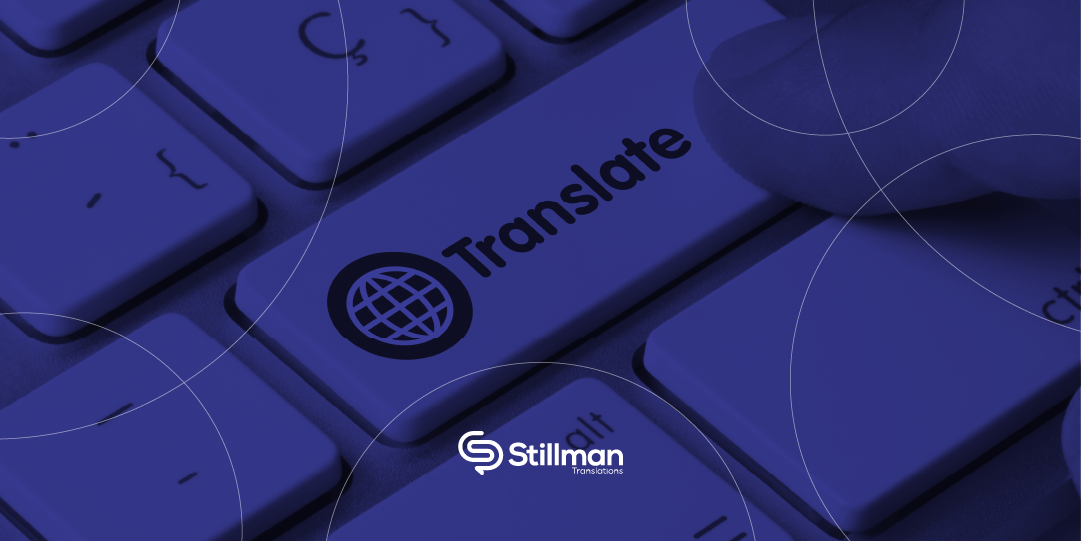
The current business world has become increasingly reliant on technology. In order to succeed, companies need to offer their clients not only expertise and human value, but also improved work-procedures based on the latest technology. Although a human-to-human (H2H) approach is extremely important, companies can also benefit from mobile, cloud and collaborative technologies.
At Stillman, we are proud to be a human company with a tech approach. We train and assent our linguists periodically and work with the latest technology. We fulfill a variety of linguistic requirements applying the best software engines and AI, without missing the human value in all our procedures.
Working with native linguist, clear processes and the latest tools let us deliver high quality and on-time results.
Some of the tools we use are: Plunet, Trados, MemoQ ,Smartcat, Verifika, Xbench, QA Distiller, Multiterm, XTM, etc. We can also work with your native software if needed.
Why does technology matters?
When we think about reaching new customers and delivering a personal and human touch at the same time, technology can help us improve our services. According to the business strategist, Bryan Kramer, a tech approach helps companies to offer their clients personalization, emotion and connection. This refers to the creation of emotional and intelligent content that makes customers feel close to the brand’s tone and identity. This enables businesses to connect with their audiences.
Being present on different digital platforms and social media has become essential. But if the message doesn’t resonate with the audience, it isn’t going to be effective. Technology isn’t magical. The essence of a brand and a company also has a lot to do with the human approach. People want to feel that they are not talking to an algorithm, but with other people.
Technology can improve our customers’ buyer journey as well as their user experience. It also gives companies the enormous potential of data collection. But tools and software need to be combined with a human approach in order to be successful and achieve the proper response of our target audience.
Technology in the translation industry
With the advent of personal computers and the Internet, the translation process has changed dramatically. With the expansion of global markets and the flow of immigration, translation became more in demand. The next big step given in the evolution of technology applied to the linguistic field was given by Computer-Assisted Translation (CAT) and Translation Memory (TM) tools (such as SDL Trados, WordFast and MemoQ).
These software tools can improve the translator’s efficiency, consistency and quality, and they are also key to terminology management. The translation workflow, as well as the project management procedures, haven been increasingly improved due to technology. Such is the case of platforms like Plunet, a translation management software that helps to increase efficiency in the management processes.
Last but not least, we have to mention Machine translation (MT). Machine Translation, Neural Machine Translation (NMT) and Artificial Intelligence (AI) are growing with acceleration. We live in a tech world. Different companies and research teams are investing and developing more effective MT engines. Technology can be used to improve our working methods, to make them more accurate. But it is really important to understand that machine translation will not replace human translation. Why is that? Because MT engines cannot account for context, nuances, and gender voice. A translation will always require a human touch and subject matter expertise to avoid accuracy issues.
What comes next?
The professor of computer science at Carnegie Mellon University’s Language Technologies Institute, Alexander Waibel, considers that the next level of translation will be statistical machine translation, that has a much bigger consideration of the context.
“The neural machine translation effectively, you would say, is also a statistical learning. However, it does this with multiple layers of abstraction. So that’s where the word ‘deep’ comes from, because you have several layers of neurons that build on top of each other. And what that gives you is a way of abstracting at various levels about language, about speech, about vision, without us actually explicitly telling it.”
It can be said that automatic translation can open doors for humans. Technology can help us to have more contact with people from different cultures who speak other languages, and it can really help us to understand each other in a much better way. Technology has become an ally for translation agencies and translators, it can improve our working procedures. However, we also need to understand that AI will not replace humans, it will improve our capacities.
References
https://www.wbur.org/hereandnow/2018/07/19/translation-technology-future-language
